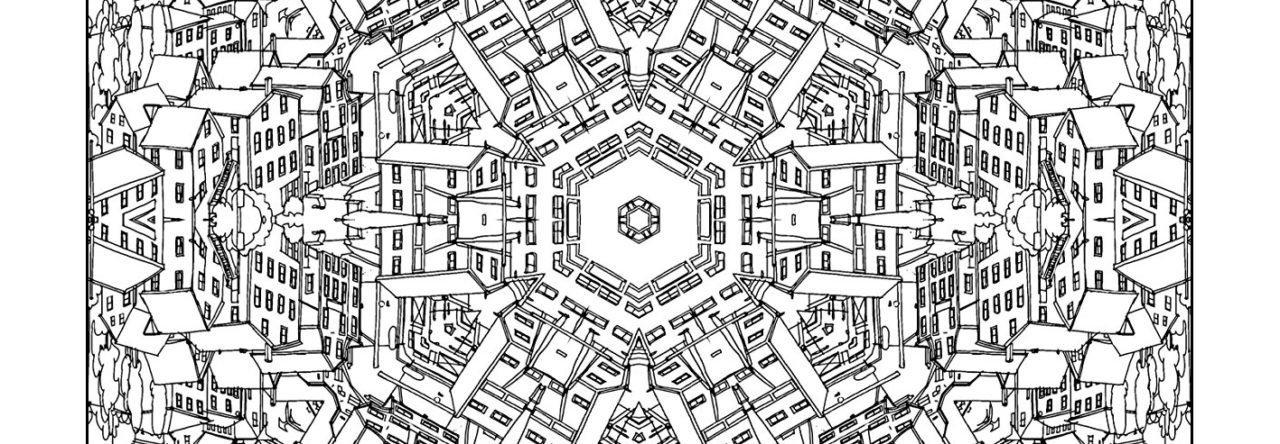
Why do dads throw their babies up into the air? Why do dads chase, tickle and wrestle their kids until they are on the verge of tears?
This kind of play can be hard for mothers to understand. We watch on with rising concern; we worry that someone will get hurt, or that the kids are experiencing real fear behind their giggles. We can be tempted to put a stop to the whole thing, because it makes us feel uncomfortable.
However, rough-and-tumble play is vital. It teaches children important life skills and helps them to develop a special relationship with their dad.
Dads naturally play ‘rough’
Mothers and fathers tend to interact with their children in different ways: mothers prioritise care and nurture, while fathers prioritise play and challenge.
The Bible assumes rather than teaches this fact, but we get a glimpse of it in Paul’s comments to the church in Thessalonica:
‘But we were gentle among you, like a nursing mother taking care of her own children. So, being affectionately desirous of you, we were ready to share with you not only the gospel of God but also our own selves, because you had become very dear to us … For you know how, like a father with his children, we exhorted each one of you and encouraged you and charged you to walk in a manner worthy of God, who calls you into his own kingdom and glory.’ (1 Thessalonians 2:7–8, 11–12)
When it comes to play, fathers generally initiate games that are challenging, active and physical:
‘Fathers emphasize more competition, risk-taking, and independence while mothers stress more self-paced play, that is, mothers tend to encourage more play that is at their child’s level.’ (‘Gender Matters’, Them Before Us)
Rough-and-tumble play is good for both boys and girls, especially around the ages of 3–7. Although younger children also enjoy more gentle activities such as being bounced, lifted up or chased. If you’re new to this kind of play, a good place to start is to become some kind of ‘Daddy monster’ and challenge your kids to chase and capture you. With older children, you could have a ‘sock wrestle’, where each person tries to remove the other person’s socks without losing their own.
Researchers have identified the features of ‘high quality’ rough-and-tumble play:
• A safe environment (for example, on a soft surface)
• A few rules or boundaries (for example, no kicking or biting)
• Dad self-handicaps so that children can sometimes overpower him
• Mutual enjoyment
• Children have time (and possibly help) to wind down at the end.
The benefits of rough-and-tumble play …
Keep reading over at Growing Faith, a Christian online magazine for parents. Find out more about Growing Faith and subscribe to our monthly e-newsletter here.

Comments are closed.